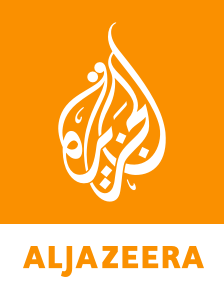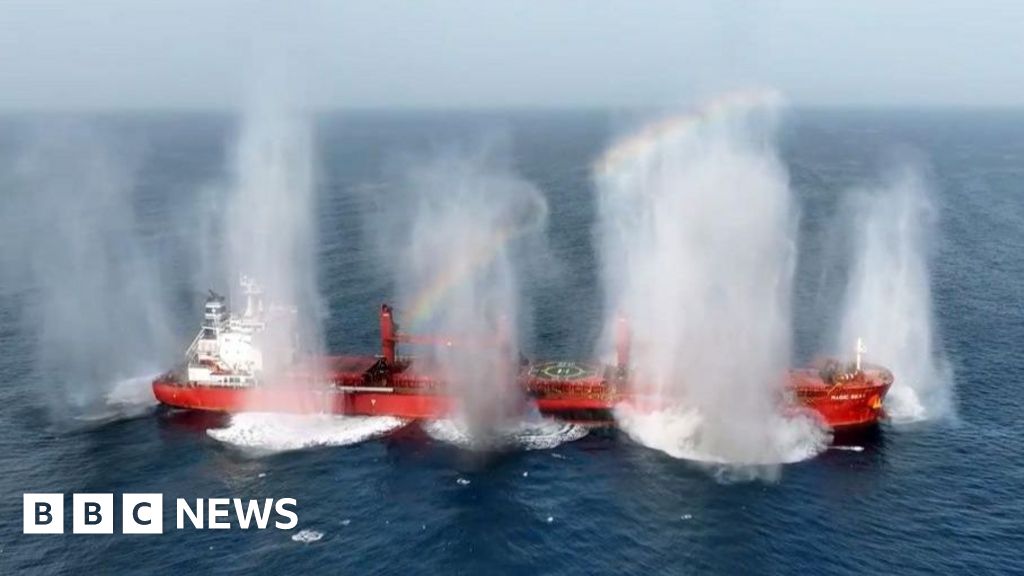United States President Donald Trump signed a presidential proclamation on Wednesday banning citizens of 12 countries from entering the US. Heightened restrictions on entering the US have been put in place for nationals of seven more countries.
The travel ban is Trump’s latest move in the immigration crackdown that he promised on the campaign trail before last year’s presidential election.
Trump said the measures would help to “protect Americans from dangerous foreign actors”.
Here is what we know about the travel ban so far:
Which countries’ citizens are fully restricted from travelling to the US?
The 12 countries whose nationals are fully restricted from travelling to the US under Trump’s travel ban are:
- Afghanistan
- Myanmar
- Chad
- Democratic Republic of the Congo
- Equatorial Guinea
- Eritrea
- Haiti
- Iran
- Libya
- Somalia
- Sudan
- Yemen
Which countries are subject to partial restrictions?
The seven countries subject to partial restrictions are:
- Burundi
- Cuba
- Laos
- Sierra Leone
- Togo
- Turkmenistan
- Venezuela
How will Trump’s travel ban work?
Citizens from the 12 countries subject to a full ban on travel to the US will face a complete suspension of immigrant and non-immigrant visas.
Citizens from the seven countries which have been placed under partial restrictions will no longer be able to apply for immigrant visas or non-immigrant temporary visas covering permanent immigration, student visas and tourism visas including B-1, B-2, B-1/B-2, F, M and J. They will still be able to apply for some temporary visas, however.
Unlike an executive order, a presidential proclamation is not legally binding but generally signals a policy shift.
The new rules apply only to people outside the US at the time of the proclamation and who did not yet hold a valid visa at the time of the proclamation.
Are there any exceptions to the travel ban?
Yes. The new suspension and restrictions will not apply to:
- Lawful permanent residents of the US, also known as green card holders.
- Existing visa holders.
- Foreign diplomats travelling under certain non-immigrant visa categories.
- Dual nationals of the 19 countries included in the ban, if they are travelling on a passport of a country that is not subject to the ban.
- Athletes or members of an athletic team, such as coaches, people performing a support role and immediate relatives, travelling for a major sporting event such as the World Cup or Olympics.
- Immediate family immigrant visas (IR-1/CR-1, IR-2/CR-2, IR-5) “with clear and convincing evidence of identity and family relationship (eg DNA)”.
- Adoptees.
- Afghan Special immigrant visas.
- Special immigrant visas for US government employees.
- Immigrant visas for ethnic and religious minorities facing persecution in Iran.
How many people could this affect?
A total of 363,549 people from the 19 listed countries entered the US in the fiscal year 2022 – the most recent year on record for arrivals – according to data from the Department of Homeland Security.
Some 250,234 of these people were from Venezuela, which is subject to partial restrictions only.
A further 66,563 of these people were from Haiti, which now faces a complete travel ban.
Why has Trump banned arrivals to the US from these countries?
Trump cited security threats and “foreign terrorists” as grounds for the ban.
In a video posted on Wednesday on his social media platform, Truth Social, Trump said the recent attack in Boulder, Colorado “has underscored the extreme dangers posed to our country by the entry of foreign nationals who are not properly vetted, as well as those who come here as temporary visitors and overstay their visas”.
On June 1, police arrested a man who threw incendiary devices towards a group of people attending a rally for the release of captives taken from Israel on October 7, 2023 and held in Gaza. The FBI said it was investigating the incident as “an act of terror”.
Suspect Mohamed Sabry Soliman was charged with a federal hate crime, as well as an array of state charges, according to an affidavit by the US Department of Justice. Soliman is an Egyptian national who has also lived in Kuwait. Neither of these countries is on Trump’s list of banned countries.
In a Truth Social post, Trump blamed “[former US President Joe] Biden’s ridiculous Open Border Policy” for allowing Soliman into the country. Stephen Miller, the White House deputy chief of staff for policy, said the suspect in the Boulder incident had overstayed a tourist visa, without naming Soliman.
A fact sheet published by the White House stated a specific justification for the exclusion of each country on the new travel ban list.
These justifications included that large numbers of citizens had overstayed their visas, that the countries had a poor record of cooperating with the US to receive their citizens back if they had overstayed in the US, or that the countries were affected by war.
According to the most recent figures from the US Department of Homeland Security, nationals of Chad had the highest overstay rate, at 49.5 percent of those arriving in the US on a visa. Others with high overstay rates were Equatorial Guinea (22 percent), Eritrea (20 percent) and Yemen (19.8 percent).
On his first day in office, Trump signed an executive order, calling on his state department to identify countries “for which vetting and screening information is so deficient as to warrant a partial or full suspension on the admission of nationals from those countries”. He referred to this order in his video announcement of the travel ban.
When does the travel ban take effect?
The travel ban will take effect on June 9 at 12:01am EDT (04:01 GMT).
Has Trump done this before?
Yes, Trump enacted a travel ban – dubbed the “Muslim ban” as all but one of the countries on the list at that time were Muslim-majority – during his first term in 2017.
In his Wednesday Truth Social video, Trump said: “In my first term, my powerful travel restrictions were one of our most successful policies and they were a key part of preventing major foreign terror attacks on American soil.”
That earlier ban went through several revisions. It was upheld by the US Supreme Court in 2018. In 2021, Biden repealed this ban, calling it “a stain on our national conscience”.
Could more countries be added to this travel ban in the future?
Yes. In his Truth Social video announcement, Trump said “the list is subject to revision based on whether material improvements are made.
“Likewise, new countries can be added as threats emerge around the world.”
How are affected countries reacting to Trump’s travel ban?
Dahir Hassan Abdi, the Somali ambassador to the US, said in a statement that Somalia is ready to work with the US. “Somalia values its longstanding relationship with the United States and stands ready to engage in dialogue to address the concerns raised,” he said.
Trump’s proclamation described Somalia as “a terrorist safe haven” and stated: “Somalia lacks a competent or cooperative central authority for issuing passports or civil documents and it does not have appropriate screening and vetting measures.”
Diosdado Cabello, Venezuelan interior minister and close aide of President Nicolas Maduro, said: “The truth is being in the United States is a big risk for anybody, not just for Venezuelans … They persecute our countrymen, our people for no reason.”
Trump’s proclamation stated: “Venezuela has historically refused to accept back its removable nationals.”

 1 month ago
15
1 month ago
15










 English (US) ·
English (US) ·